Conspiracies often inform us of mad stories about aliens, UFOs, the Pyramids of Egypt, why a certain plane mysteriously disappeared and was never found, or some clandestine agenda pushed by the government.
Most of the time they are dismissed as nonsense, but then there are those odd cases where something alleged to be a conspiracy was really happening in reality.
CIA’s obscure MK-ULTRA project
One of the fishiest programs that the Central Intelligence Agency ever launched was Project MK-ULTRA.
Veiled from the public eye, the project was approved under CIA director Allen Dulles in 1953 and was supported by the Technical Services Division.
The program officially functioned until 1973, though its major experimenting chapter had concluded by 1964. Hundreds of people both from the U.S. and Canada, and also at least 30 institutions, unsuspectingly became part of the experiment.
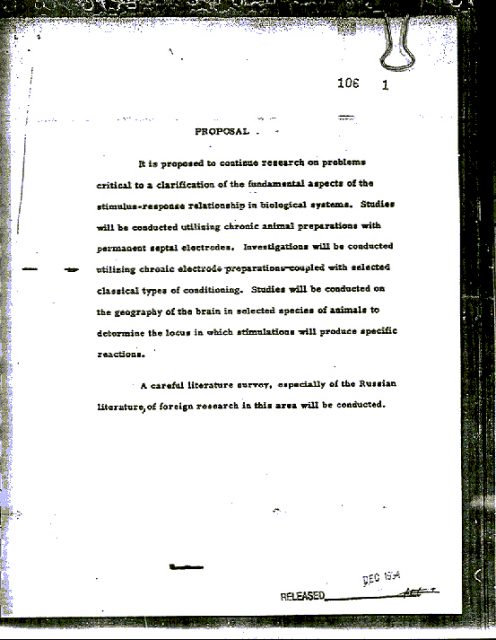
The purpose of the entire project was testing different substances that have mind-altering effects, including the psychedelic lysergic acid diethylamide, or LSD. Other drugs were used too, such as MDMA, methamphetamine, and even magic mushrooms.
And why on Earth would anyone do that?
At the peak of the Cold War, the CIA reportedly wanted to devise substances which were to improve their counterintelligence operations.
Hundreds of different projects were advanced within Project MK-ULTRA. Some efforts were dedicated to developing a truth serum to boost interrogations with prisoners and spies. Others to isolate a drug that would make CIA agents resilient to any mind-altering effect caused by an opponent.
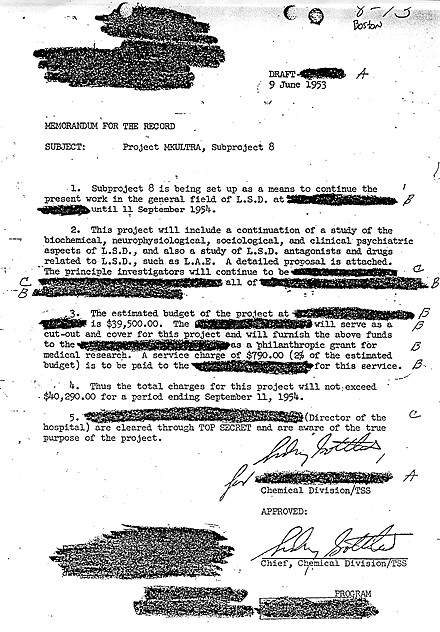
The agency was quickly able to realize that some substances, such as LSD, were no joke; that it was inconvenient to utilize them for counterintelligence operations. One person died in 1953 because of a test where the hallucinogenic drug was used. Scientist Frank Olson, a CIA employee, was recklessly treated with a cocktail that was spiked with LSD without his knowledge.
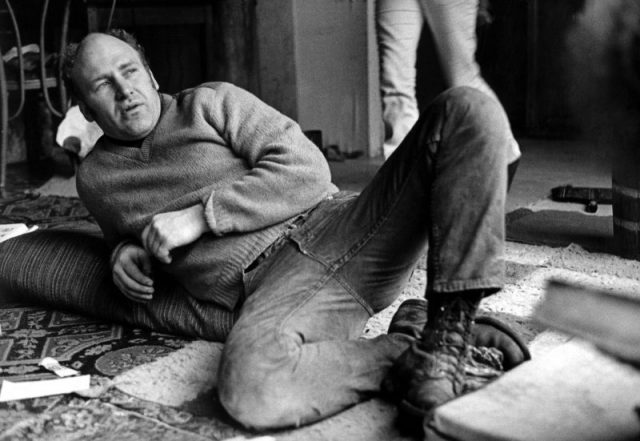
Others, such as Ken Kesey, eventually became famed promoters of the hallucinogenic drug, using it for parties. The author of One Flew Over the Cuckoo’s Nest participated voluntarily in MK-ULTRA while he was still at Stanford.
Besides drugs, the program investigated other techniques and their effects. Think electroshock therapies, hypnosis or implants.
Syphilis history: The notorious Tuskegee Experiment
Back in 1932, the word was out in Macon County, Alabama, that there was a new health program offered to African-Americans for free. It was advertised to treat “bad blood,” a local term which referred to several different maladies.
Besides a free medical check and treatment, free food was also offered and, ominously, free burial insurance. Some participants who registered for the program definitely needed the insurance later on.
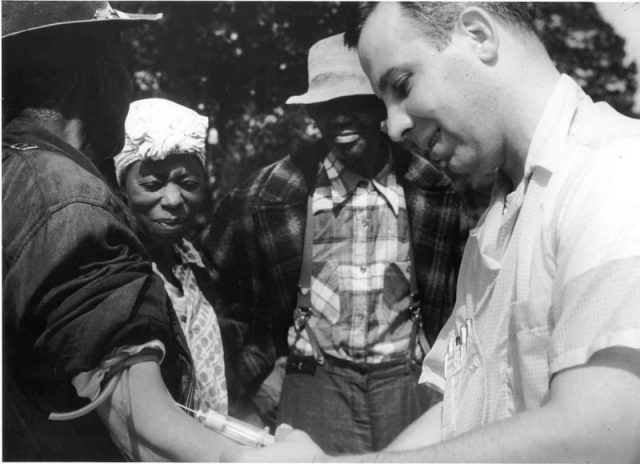
The free benefits merely cloaked the real intention of the program, named The Tuskegee Study of Untreated Syphilis in the Negro Male.
This too was a clandestine program, not run by the CIA, but by the U.S. Public Health Service. The objective was to monitor and study how the dangerous venereal infection progressed among patients who did not receive any treatment.
Some 339 individuals were found to have syphilis, while 201 who didn’t carry the infection were kept on the clinical trial as a control group.
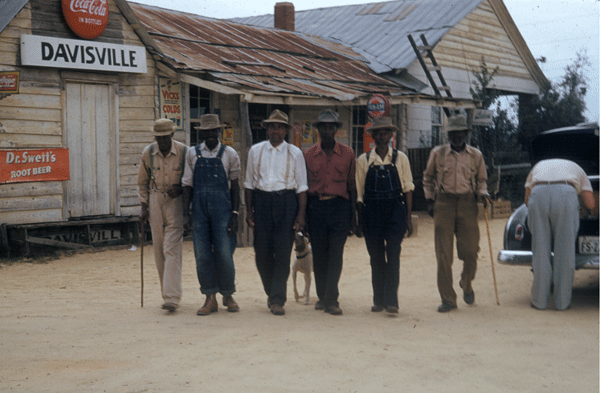
Those with syphilis were provided only with placebos, usually supplements and medicine like aspirin that was useless. Over time a number of patients developed severe health complications. Some of them died and researchers would investigate their bodies to acquire more information on the disease.
The notorious research did not halt even when penicillin was endorsed as a medicine for syphilis treatment in 1947. Activities just continued at the Tuskegee Institute (as of 1985, this institution became the Tuskegee University).
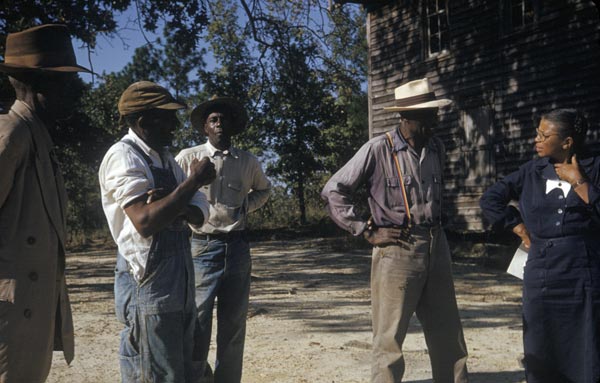
The Tuskegee Experiment finally ended in 1972 after the story was leaked to journalists and triggered a huge public backlash. By this point over 100 participants had lost their lives because of the program. Those who survived were financially compensated. The government also issued a public apology for the abhorrent activities.
The Hillsborough football disaster
It was a perfect sunshine day on April 15, 1989, and soccer fans geared up for a semi-final clash of the FA Cup between Liverpool and Nottingham Forest. The designated venue for the match was Sheffield’s Hillsborough Football Stadium.
Unfortunately, the date is remembered as one of the greatest tragedies that ever occurred in English sports history.
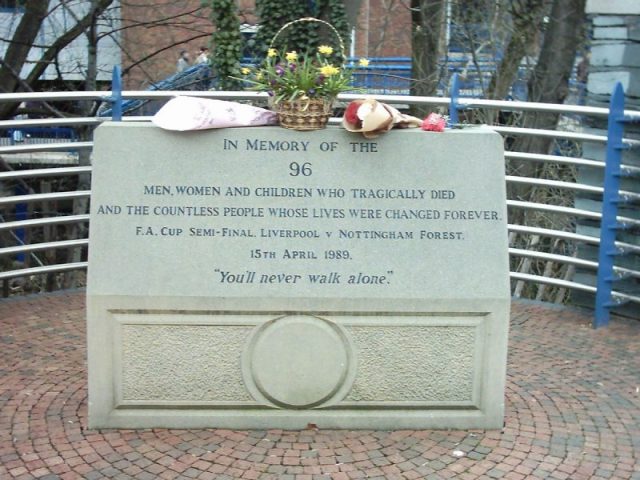
Liverpool fans were directed to enter the terraces reserved for them via the Leppings Lane entrance. A series of errors in mismanaging the huge volume of people was identified in the court hearings, but not until many years afterwards, even though footage revealed how tightly packed people in the terraces were.
The problems began when the queues outside could not be processed fast enough due to insufficient turnstiles being in operation.

At one point, David Duckenfield, the game’s chief superintendent, gave orders for the largest of the exit gates, Gate C, to be opened in order to ease congestion at the turnstiles. His decision only worsened the situation.
The delay caused by trying to get 10,100 people through too few gates meant that by now kick-off was fast approaching and fans rushed through Gate C, making straight for the central pens which were already too full. Even when the match began, fans were still piling into the stadium.
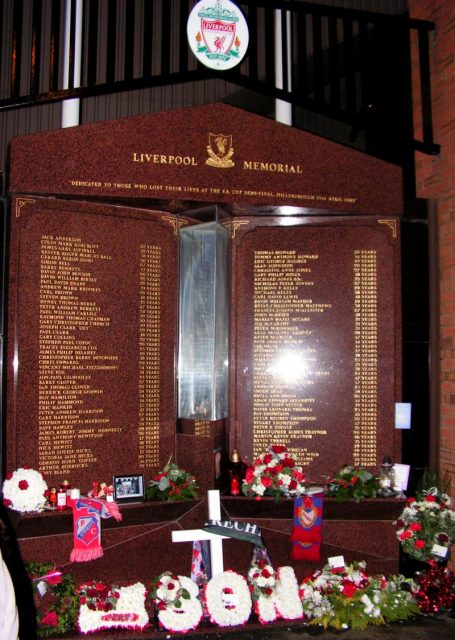
Only a few minutes into the game, the situation was out of control. The terrifying human crush which unfolded claimed the lives of 96 Liverpool fans, while hundreds of others further suffered a range of injuries. Some of the victims were found to have died due to a condition called compressive asphyxia; that is a severe compression of the chest when breathing is made impossible. They were penned in by fences and crushed to death by the crowd.
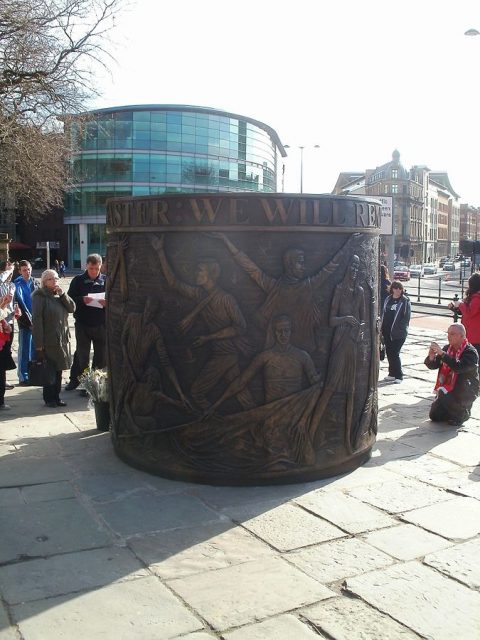
It took decades for authorities to determine what really happened.
Initially, the police reports alleged the disaster was the fault of the football fans themselves. They were accused of improper behavior, that they were not on time for the game and were drunk. Later investigations denied all such allegations and determined that both police officers, as well as the ambulance service, acted in negligence. Court trials on the Hillsborough disaster have still not ended to date.
The secret Operation Paperclip
Once Germany was defeated in the aftermath of World War II, both American and British intelligence agents started a thorough search of the country, its universities, facilities, and institutions. One of the things they were after: tracking down the names of German engineers and scientists whose talent and knowledge had helped the Nazi regime.
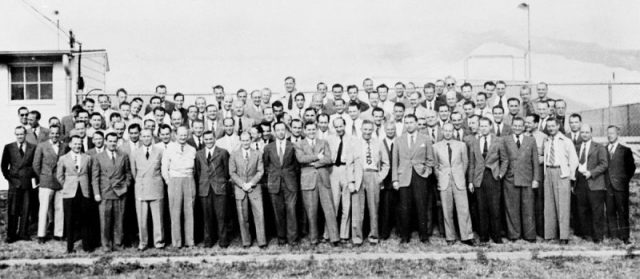
In a subsequent undercover operation, hundreds of German scientists, many of them with avid knowledge in rocket science, were brought to the U.S. Their assignment? To help the U.S. in the Cold War. This secretive effort, initially known as Operation Overcast, was denounced by many. Later on, it picked the name Operation Paperclip.
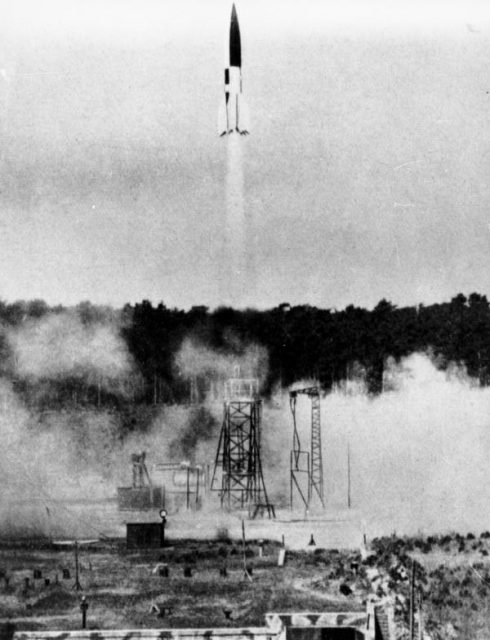
As well as using German knowledge for developing new weapons, Operation Paperclip was tasked with preventing information leaking to the Soviet side.
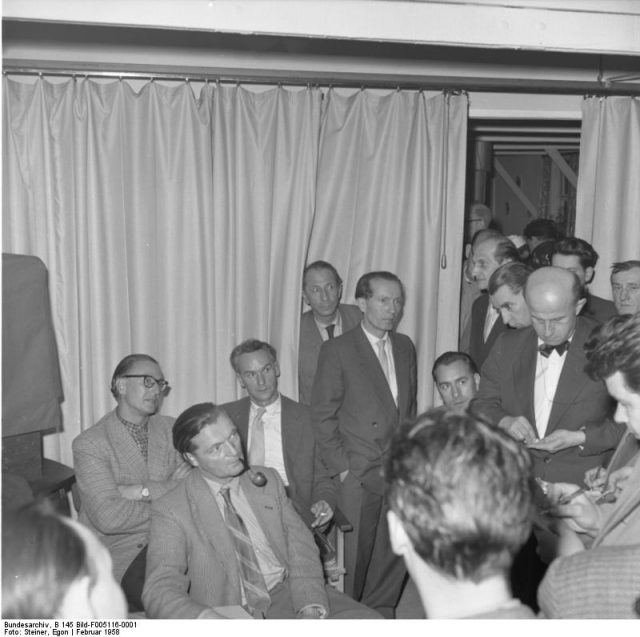
The assembly of recruited scientists included figures such as Wernher von Braun, whose team developed the destructive V-2 rockets for the Nazis. In the early 1960s, von Braun was invited to join NASA. His presence at the space agency cemented the success of the Apollo missions, and the American triumph in the Space Race.
NASA Apollo moon landings conspiracies
The deceptive Nayirah testimony
On October 10, 1990, a 15-year-old girl who introduced herself simply as Nayirah delivered a heart-wrenching testimony to the Congressional Human Rights Caucus. At this point, the Persian Gulf War was in full swing. Iraq, under Saddam Hussein, had invaded its neighbor Kuwait.

The young girl made accusations that Iraqi soldiers had conducted abhorrent war atrocities, supposedly killing innocent infants by removing them from incubators. What Nayirah claimed in front of the Caucus was eventually used to back U.S. involvement in the conflict. The girl was recurrently cited following the testimony. Citations even came from the then U.S. President George H. W. Bush.
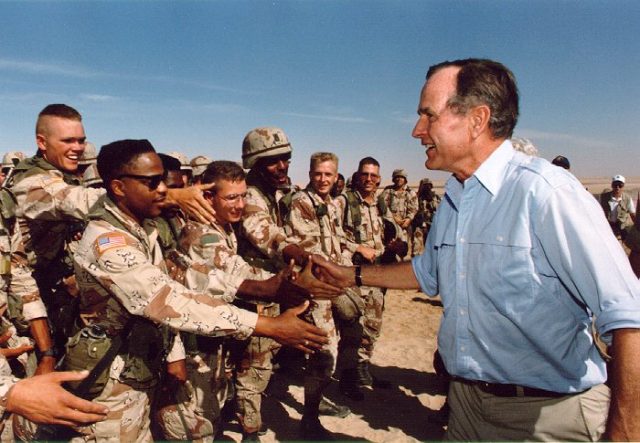
Except the statement turned out to be fraudulent.
The girl’s identity also turned out to be troublesome: She was the daughter of Kuwait’s Ambassador to the U.S. The entire testimony was a set up by a PR agency known by the name Hill & Knowlton.

In mid-January 1991, the U.S. went ahead with its operation to expel Iraqi forces from Kuwait.
The really dark side of the U.S. alcohol Prohibition Era
The Prohibition era tried to end U.S. drinking problems during the 1920s, but in reality, it just complicated things. Bootleggers, and the illicit sale and consumption of alcohol just thrived.
Slipping some poison in the alcohol? That happened too.
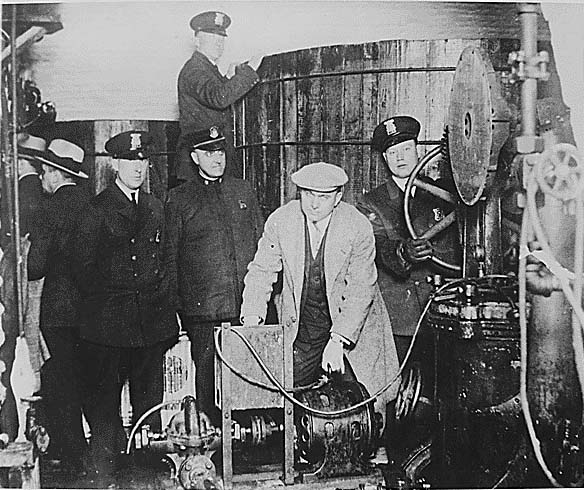
At one point during the Prohibition era, alcohol poisoning became a serious issue. Patients admitted to hospitals suffered from severe health complications and frequently died. Doctors often just didn’t know how to treat the poisoning.
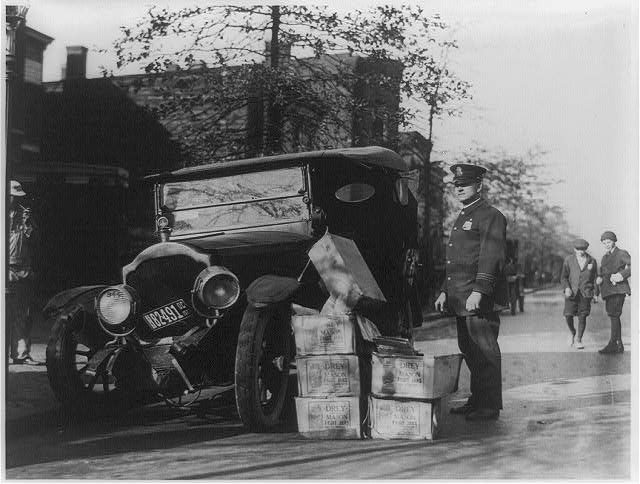
Later investigations reportedly showed that some bootlegged beverages were contaminated on purpose. Who was to blame? Clues indicated that the secretive wrongdoer was the U.S. government.
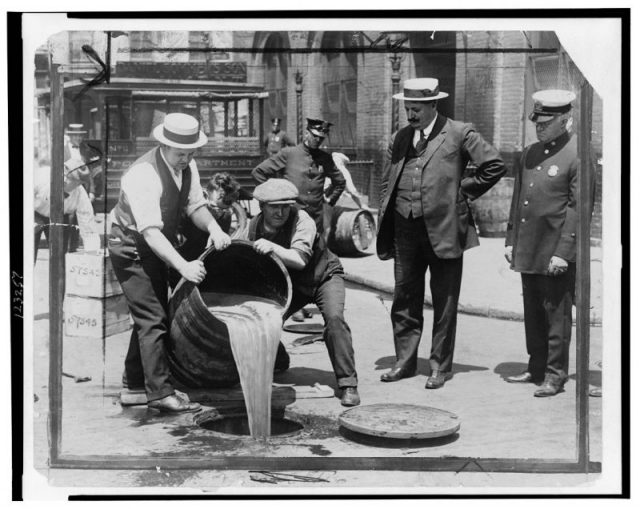
As a desperate measure to combat the illicit drinking issue, government officials had opted for poisoning industrial alcohol stores where they knew bootleggers might go to steal alcohol stocks. The toxic flasks of gin or whiskey apparently traveled a long way as victims fell everywhere.
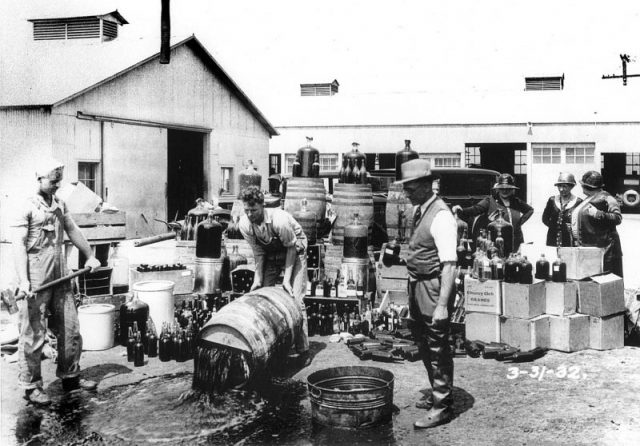
As you might imagine, such foul enforcement didn’t resolve anything. It just claimed the lives of an estimated 10,000 people by the time the Prohibition era ceased in 1933.
Operation Northwoods
Another conspiracy of the Cold War era involves a plan in which the U.S. plotted a series of homicidal events that were to win public approval for beginning a military intervention in Cuba.
And why would anyone do that? Let’s just say that the U.S. side was not happy with the newly established Cuban leader, Fidel Castro, at the beginning of the 1960s.
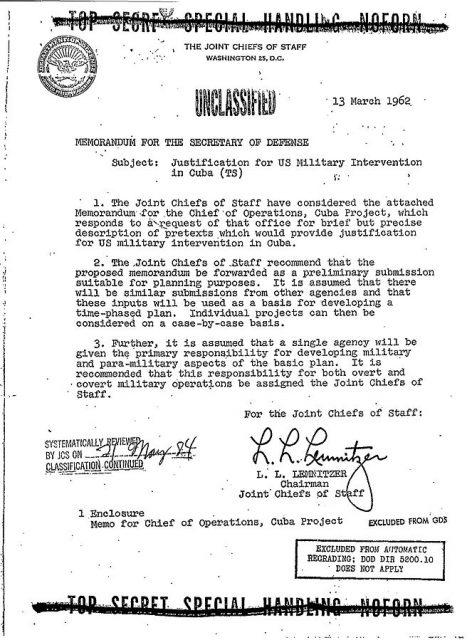
The conspiracy bore the name Operation Northwoods and various actions were “foreseen” to happen: destruction a U.S. ship at sea, perhaps the hijack of an airplane, and last but not least, deadly terrorist attacks carried out against cities on domestic soil.
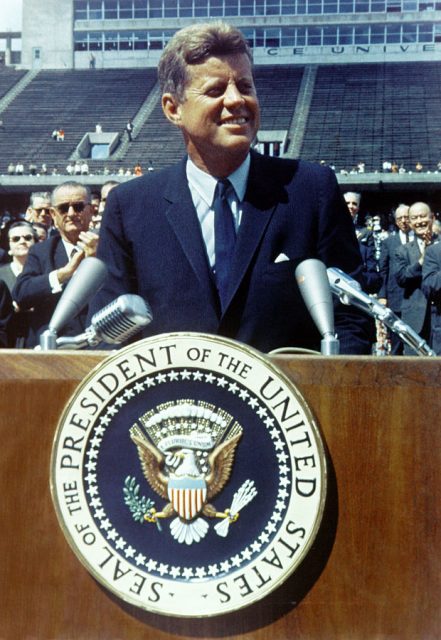
Operation Northwoods was designated its own memorandum, and its third point reads: “Further, it is assumed that a single agency will be given the primary responsibility for developing military and para-military aspects of the basic plan. It is recommended that this responsibility for both overt and covert military operations be assigned the Joint Chiefs of Stuff.”
Fortunately, the plot never came to fruition. President Kennedy was likely one of the persons who didn’t endorse the plan to proceed.
